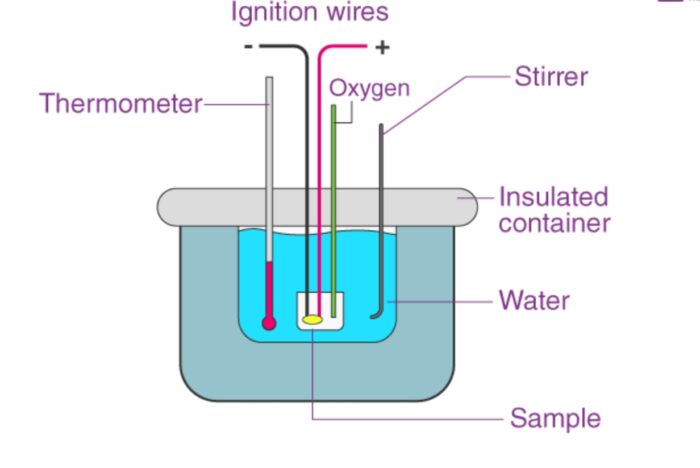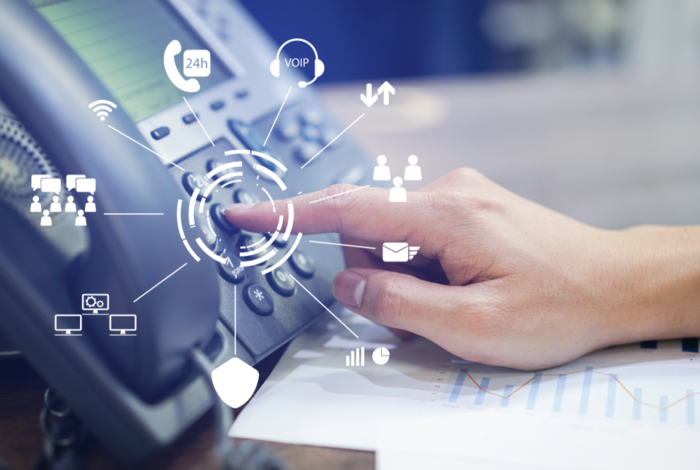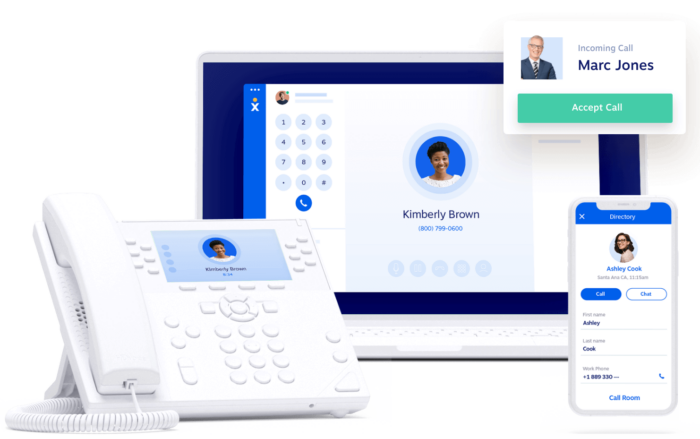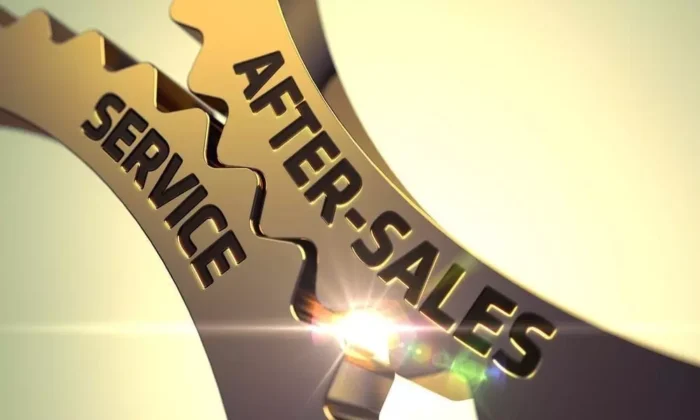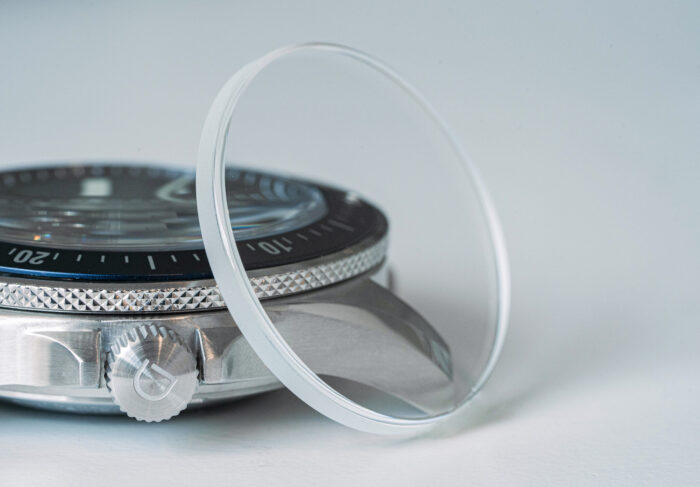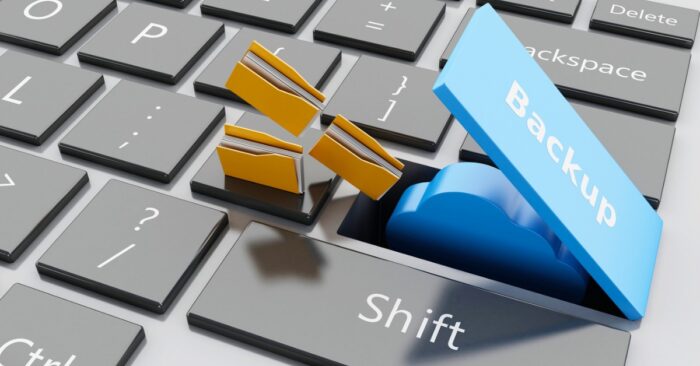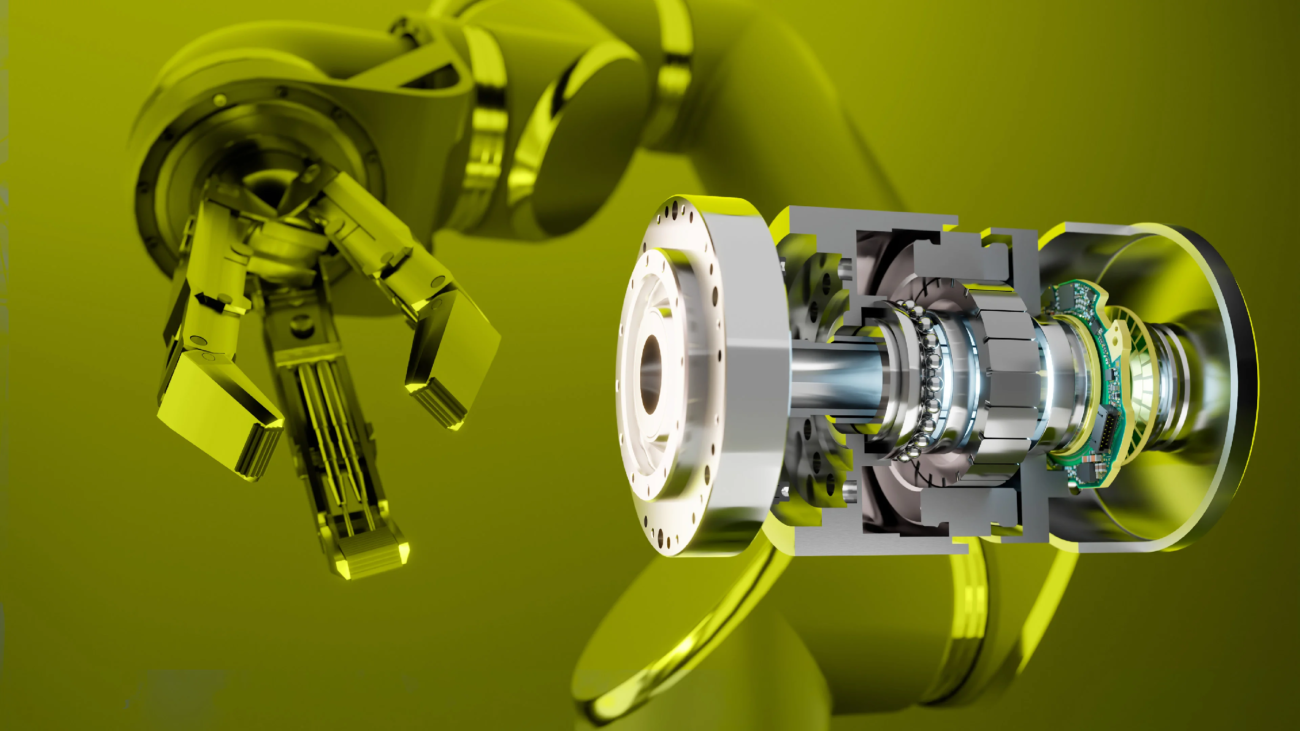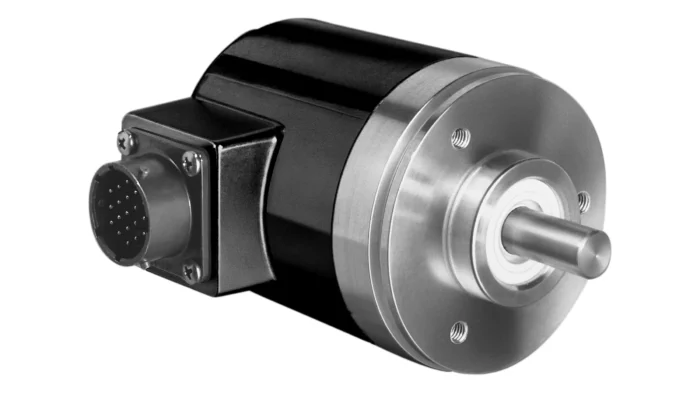Evaluating the expenses of fertility testing in the UK can be challenging, especially when you’re struggling to get pregnant. It’s justified to have concerns about what these tests include and how much they may cost you financially. To give you a better idea of what to expect, let us guide you through the landscape of fertility testing, shedding light on how much a female fertility test costs in the UK. We aim to explain everything in simple terms so you know what to anticipate, and can make informed decisions about female fertility testing.
Why are fertility tests important?
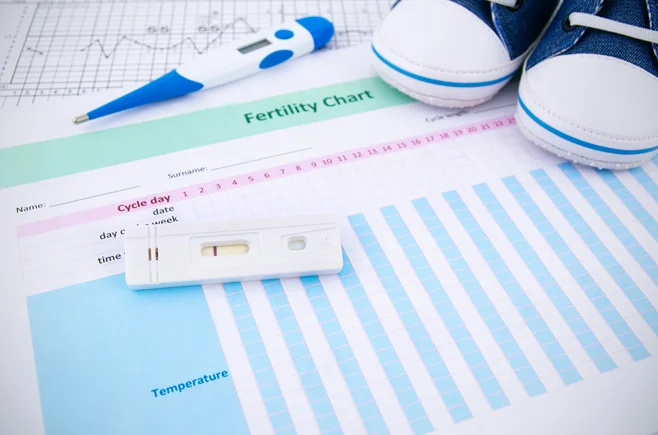
The cost of fertility testing can be a concern for individuals and couples trying to get pregnant. So are fertility tests really necessary? If you’re under 35 and have been trying for less than a year, then no. If you’re under 35 and have been trying for more than 12 months, then yes.
You should also get fertility tests if you are over the age of 35 and are trying to conceive (no matter how long it’s been) as this is when a woman’s ovarian reserve and egg quality significantly declines, making it more difficult to get pregnant. It’s important to understand if there are any underlying fertility issues as early as possible incase intervention is needed, as fertility drops with age. It can often be tricky to know if something is wrong – many fertility problems do not come with obvious symptoms, and on the surface all may seem normal. Most couples will become aware that there may be a problem only when they start trying to get pregnant and it doesn’t happen as quickly as they expected.
Fertility tests can identify issues with the reproductive system such as problems with ovulation, hormonal imbalances, blocked fallopian tubes, and even issues with the uterine lining – all of which can act as a barrier to conception. Although home fertility testing is widely available, it only looks at aspects of your health in isolation. In addition, the information they can provide is limited and the results will often need explanation from a medical professional for wider context. If you have any concerns about your fertility, it’s a good idea to seek advice from a fertility doctor directly, whether that is through the NHS or privately. Based on your medical history, your fertility doctor will suggest the most relevant tests to help them accurately identify issues. Taking a proactive approach can save valuable time in your conception journey.
One of the most well-known – and arguably most important – fertility tests is the Anti Mullerian Hormone (AMH) test. Also known as the egg counting fertility test, this fertility test for women is a type of blood test which measures the levels of anti mullerian hormone in the body. These levels can indicate to your fertility doctor how many eggs remain in the ovarian reserve. As we know, the number of eggs is a key factor in successful conception. Getting a good idea of your reproductive potential as early as possible can help you make informed choices about next steps.
Although we’re focussing on women’s fertility, it’s important to remember that it’s not just women that can be impacted by fertility problems. The male factor accounts for around a third of all infertility cases so it’s worth bearing in mind that if you are one half of a heterosexual couple, your partner should also have the relevant fertility tests. Male fertility testing is usually much more straightforward than female fertility testing, consisting of a semen analysis. This involves providing a semen sample to your fertility clinic’s laboratory. Their team will assess it under a microscope to establish any issues with the sperm or seminal fluid. For example, shape, motility and mobility, as these can all impact a couples’ chance of conceiving.
How much does a fertility test for women cost in the UK?

The cost of a female fertility test depends on a few things:
- If you choose to go private or through the NHS
- Which fertility clinic you choose (if you are going private)
- Which tests are recommended by your fertility doctor
If you are eligible for fertility tests through the NHS, your fertility testing costs will be free. However, there are strict eligibility criteria to be met, coupled with long wait times.
On average, private clinics in the UK charge anywhere between £500-£1,000 for a complete female fertility assessment. The costs however, may vary depending on the particulars, like which services are included. A standard fertility assessment usually includes a transvaginal ultrasound scan, egg counting AMH test, and a personalised report based on the test results.
In some cases your fertility doctor may request more detailed testing if your results suggest that there is an issue that needs further investigation. Costs for these very greatly between clinics and depending on the particular test(s).
Many fertility clinics will offer a couple’s fertility testing package. If both you and your partner choose to opt for fertility testing then prices are likely to be upwards of £1,000.
Is fertility testing covered by private health insurance?

Most health insurance companies deem fertility to be a lifestyle choice and as such, chose not to provide coverage for this. However, due to the rise in demand for fertility treatments over the past few years, some insurance companies have now introduced fertility options into their policies. For more information on this, you can directly contact the respective health insurance companies.
Taking the next step in your fertility journey

Whilst, on the outside, getting pregnant looks easy for the majority of couples, the road to conception is a secret rollercoaster ride for many. Understanding why fertility testing is important, how it can help you make choices about your fertility, and how much fertility testing costs is all valuable information that can guide your own journey. With the right guidance, support and resources, you too can achieve your dream of starting a family.











